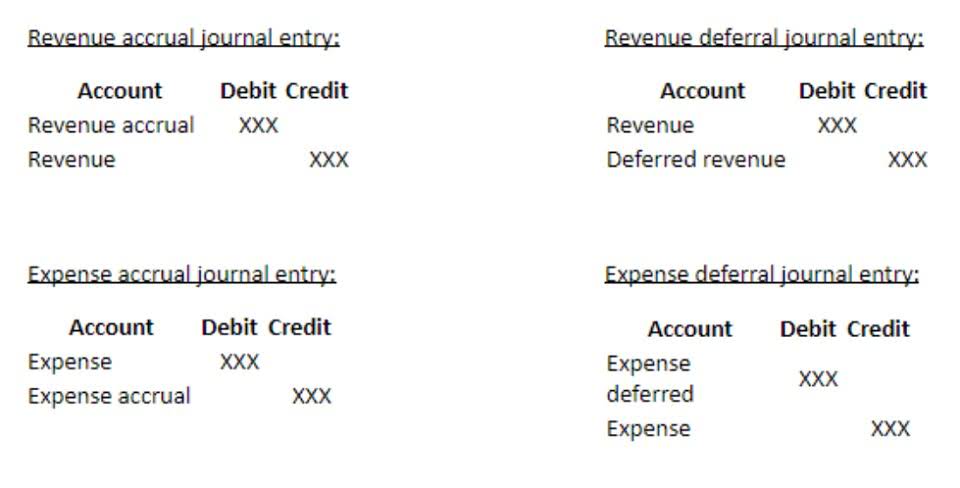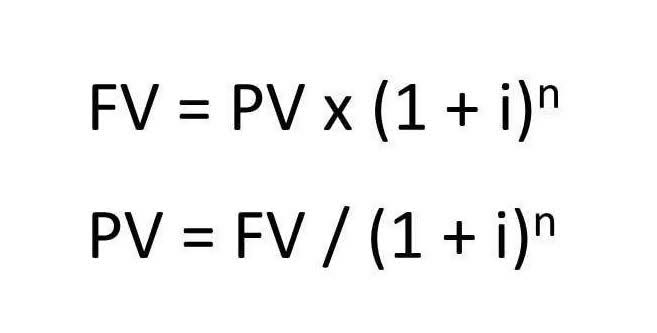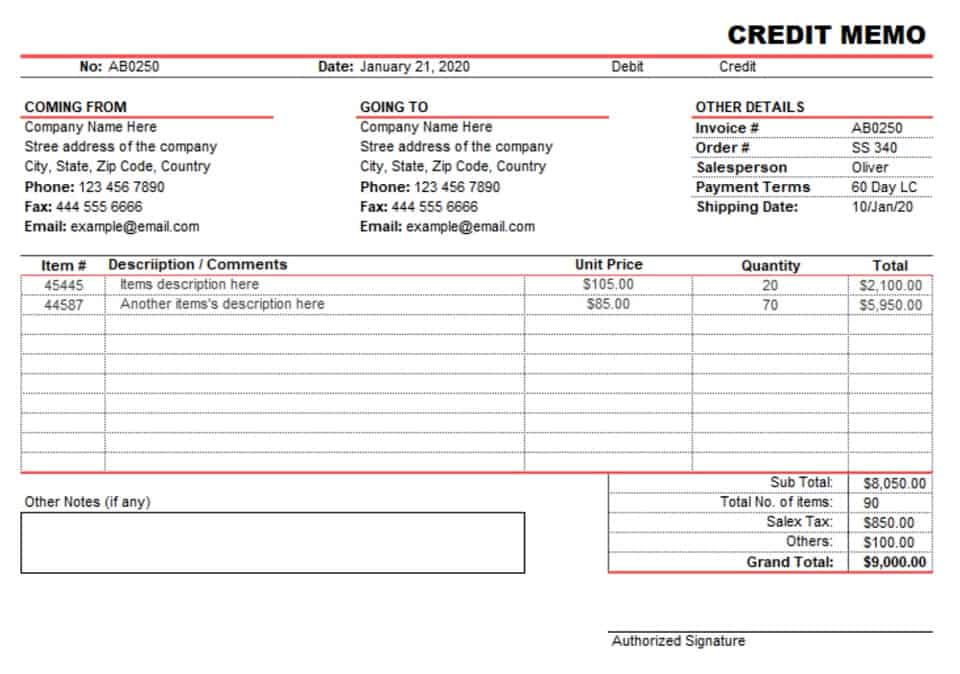
Now, those 15 minutes can go back into growing your business. It’s important to understand that each statement feeds into the next, creating a loop that comprehensively illustrates a company’s financial dynamics. It shows whether a company can generate profit by increasing revenue, reducing costs, or both. This statement is vital for investors and creditors to assess the firm’s financial health and operational success. For step-by-step guidance, have a look at our comprehensive tutorial on how to make a business balance sheet.
Post Journal Entries to Sub-Ledger Accounts
You need to prepare this first because it gives you financial statements definition the necessary information to generate the other financial statements. Making your income statement first lets you see your business’s net income and analyze your sales vs. debt. Key elements of a business balance sheet include cash and cash equivalents, accounts receivable, inventory, property, plant and equipment, accounts payable, and accrued expenses. Also, shareholders’ equity encompasses retained earnings and issued capital.
What Is Included in a Balance Sheet?
- This statement highlights how changes in the balance sheet and operations affect cash and cash equivalents, which are reported on the balance sheet.
- The profit and loss statement then details the company’s operational performance over a period, showing how revenues translate into net income or loss.
- A properly prepared balance sheet, profit & loss statement, and cash flow statement should in conjunction provide a glimpse into a business’s financial status and overall health.
- The net income from the income statement will be used in the Statement of Equity.
- Sales revenue is the income from business activities, COGS represents the direct costs of producing goods, and operating expenses cover the costs of running the business.
- This is a tool for businesses to understand their current financial health, informing them on decisions they can make in the future.
The net income at the end of the income statement is added to retained earnings, required to complete the statement of changes in equity. The bottom line of your income statement will let you know whether you have a net income or loss for the period. Financial statements are the business world’s equivalent of a medical check-up. They provide an overview of an organization’s financial condition, including profitability, cash flow, and overall worth.
Utah Business Applications on the Rise After Rollout of New Business Registration System

Don’t include other income types like rent or interest — that’s not revenue. In double-entry accounting, all debits have corresponding credits of equal amounts. A trial balance checks if they’re equal; if the totals differ, check for arithmetic errors. The old-school method was to record transactions in a journal. However, using accounting software means you can just enter transaction details into the system, and it takes care of the rest. After a stint in equity research, he switched to writing for B2B brands full-time.

What Are the Three Major Financial Statements?

Sales revenue is the income from business activities, COGS represents the direct costs of producing goods, and operating expenses cover the costs of running the business. The difference between revenue and total costs and expenses is the net profit. A balance sheet provides a snapshot of a company’s financial state at a specific moment. This virtual accountant is a tool for businesses to understand their current financial health, informing them on decisions they can make in the future. I got a university degree to learn how financial statements work and how those numbers come together to give you a comprehensive financial picture. After all, preparing financial statements requires knowledge of accounting concepts like double-entry accounting, accrual basis accounting, and the accounting cycle.

These documents provide valuable insights into a business’s financial position to stakeholders such as investors, creditors, and employees. Cash flow from operating activities is the sum of cash inflow and outflow from activities like collection from debtors, payment to creditors, and taxes paid. Here, balances of current liabilities like accounts payable and long-term liabilities like bonds appear.
Accounting for depreciation is critical when composing your financial statements. Depreciation starts on your balance sheet as Property, Plants & bookkeeping Equipment (PP&E), before flowing onto your income statement where it’s listed as an expense. It then is added back in the cash flow statement, listed as a cash inflow.







